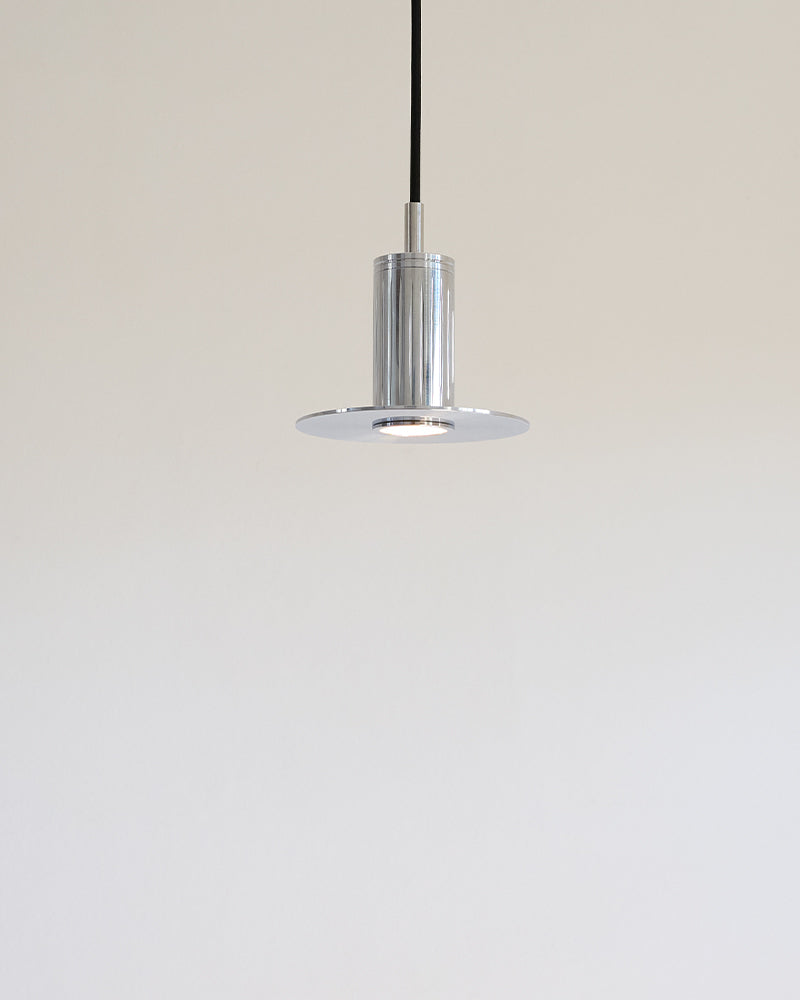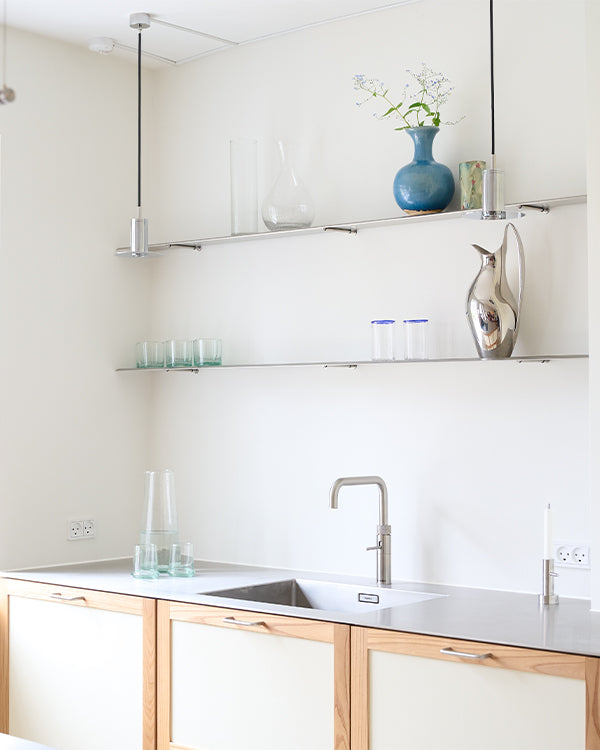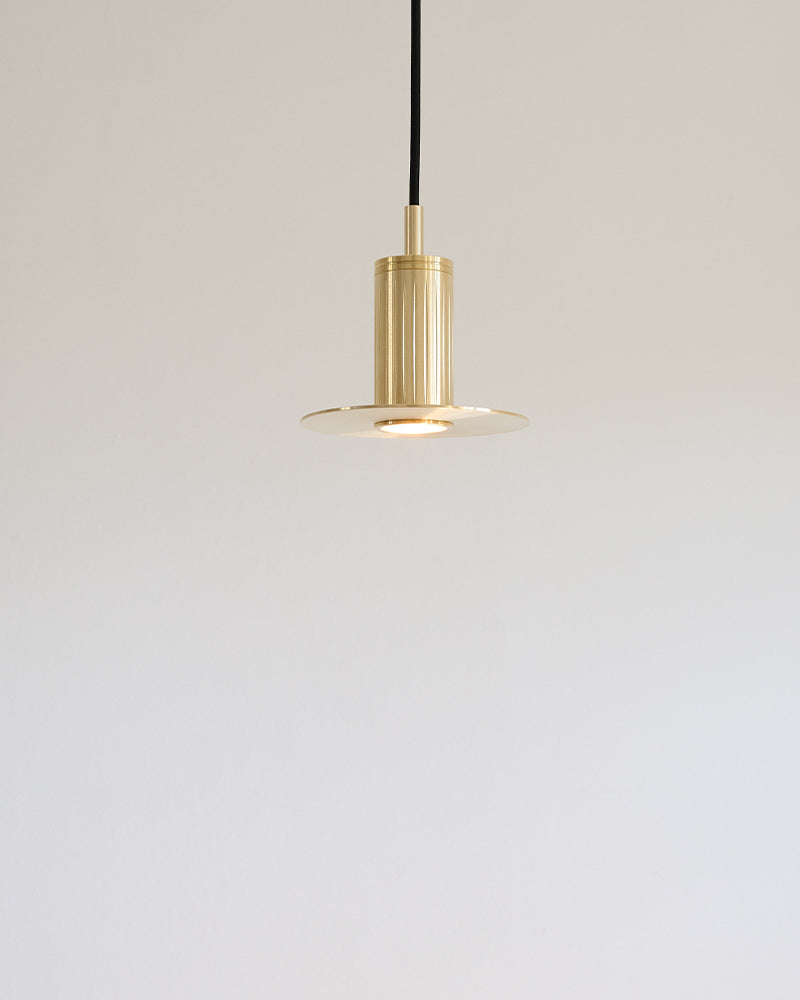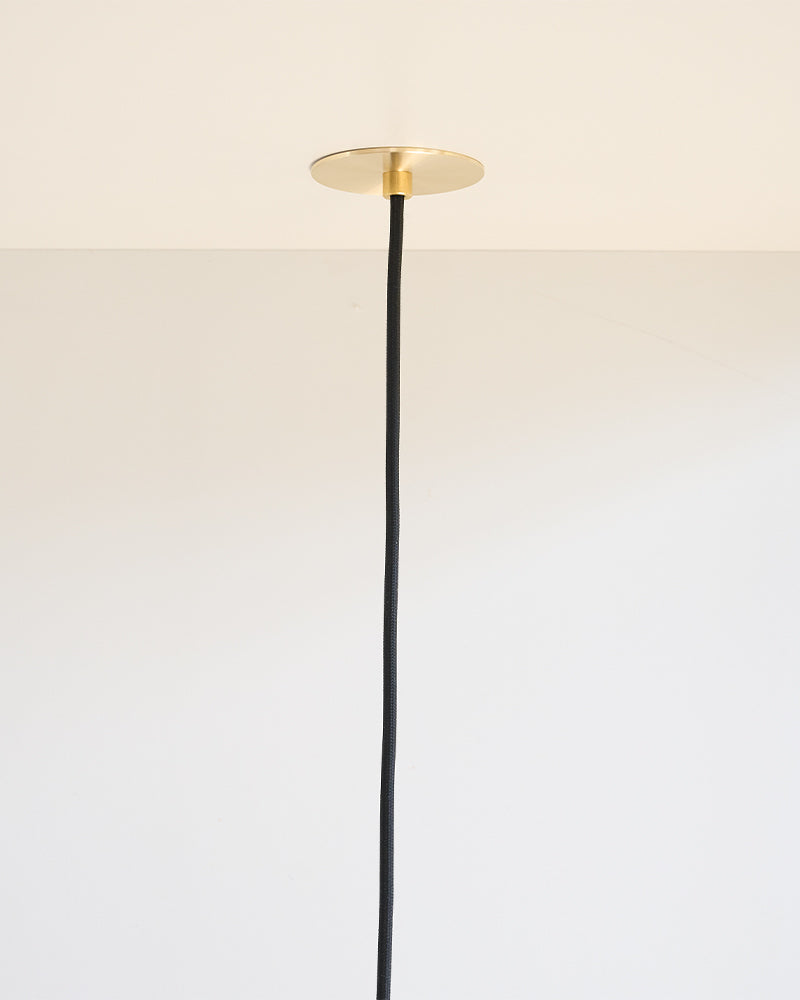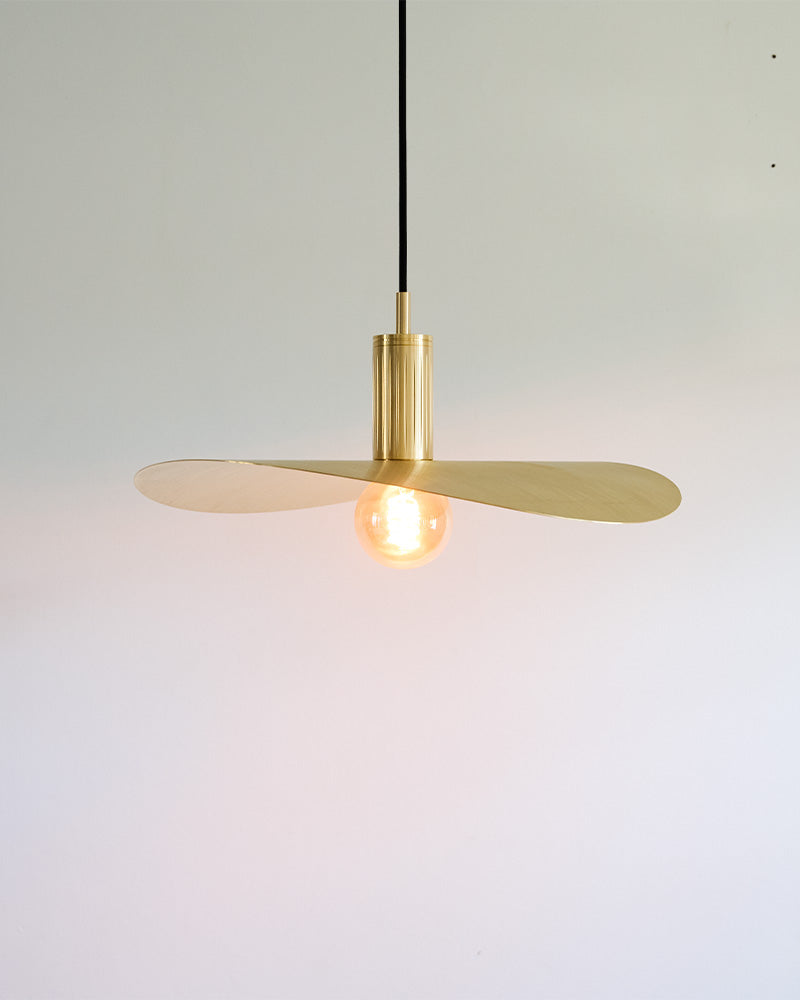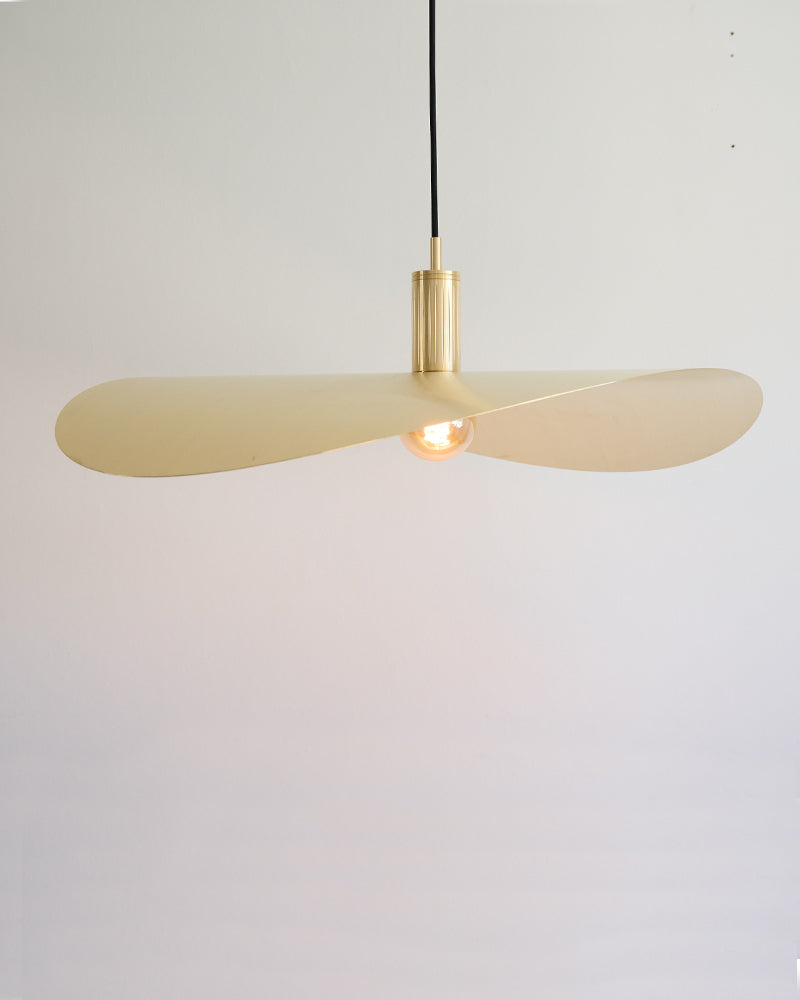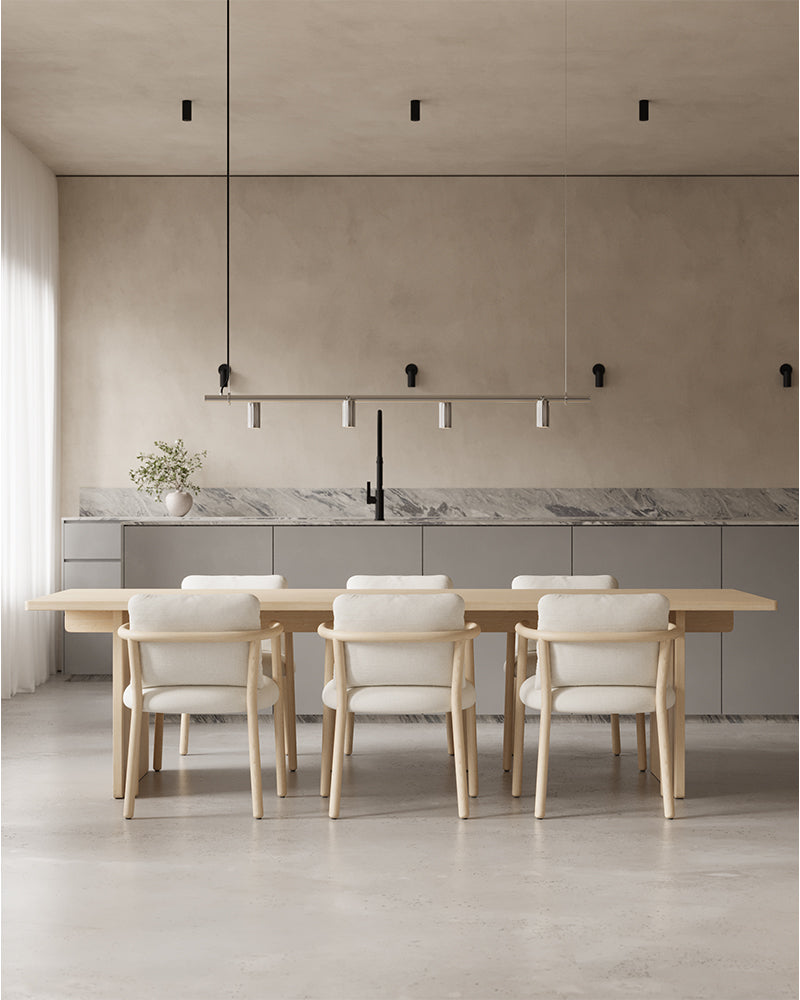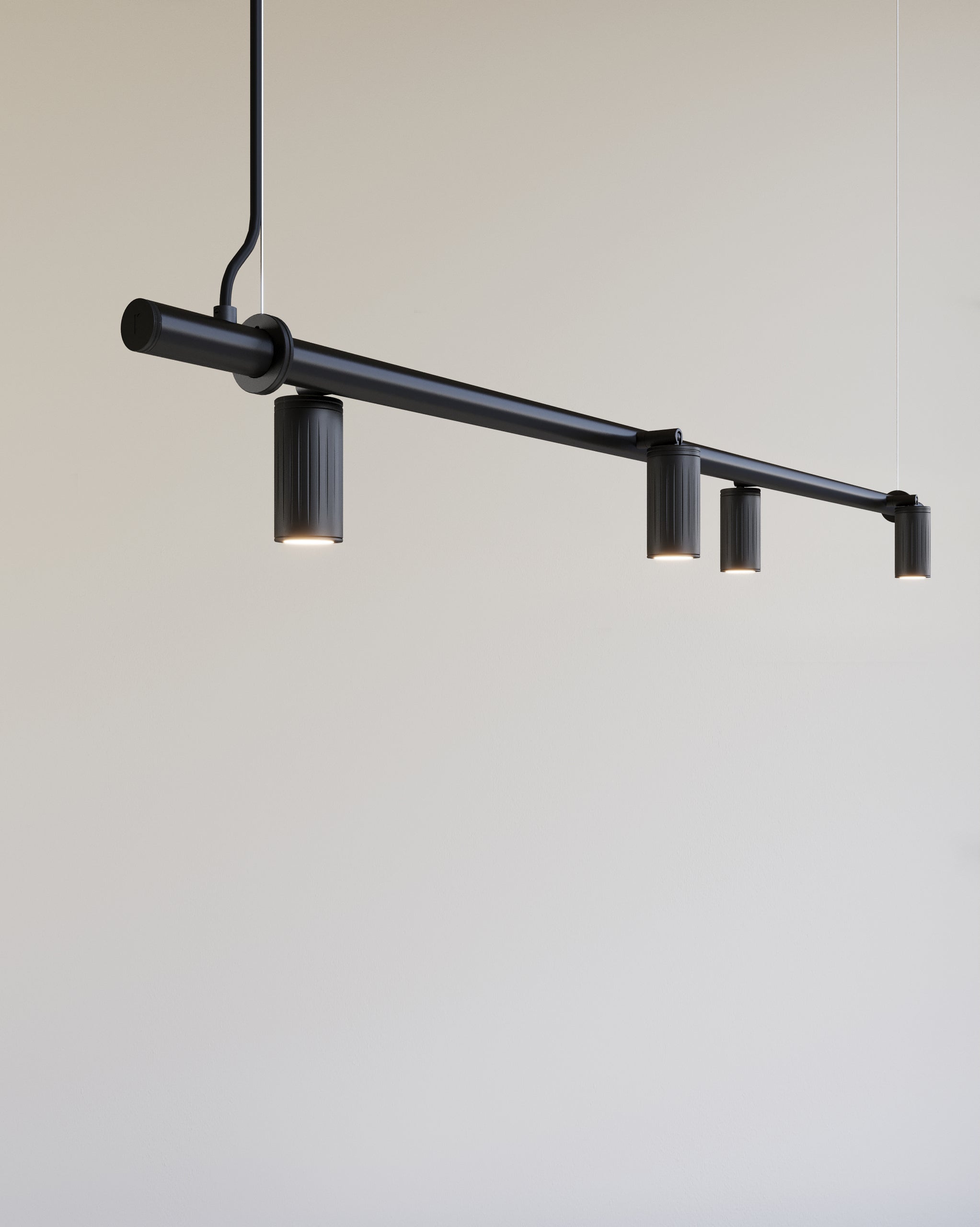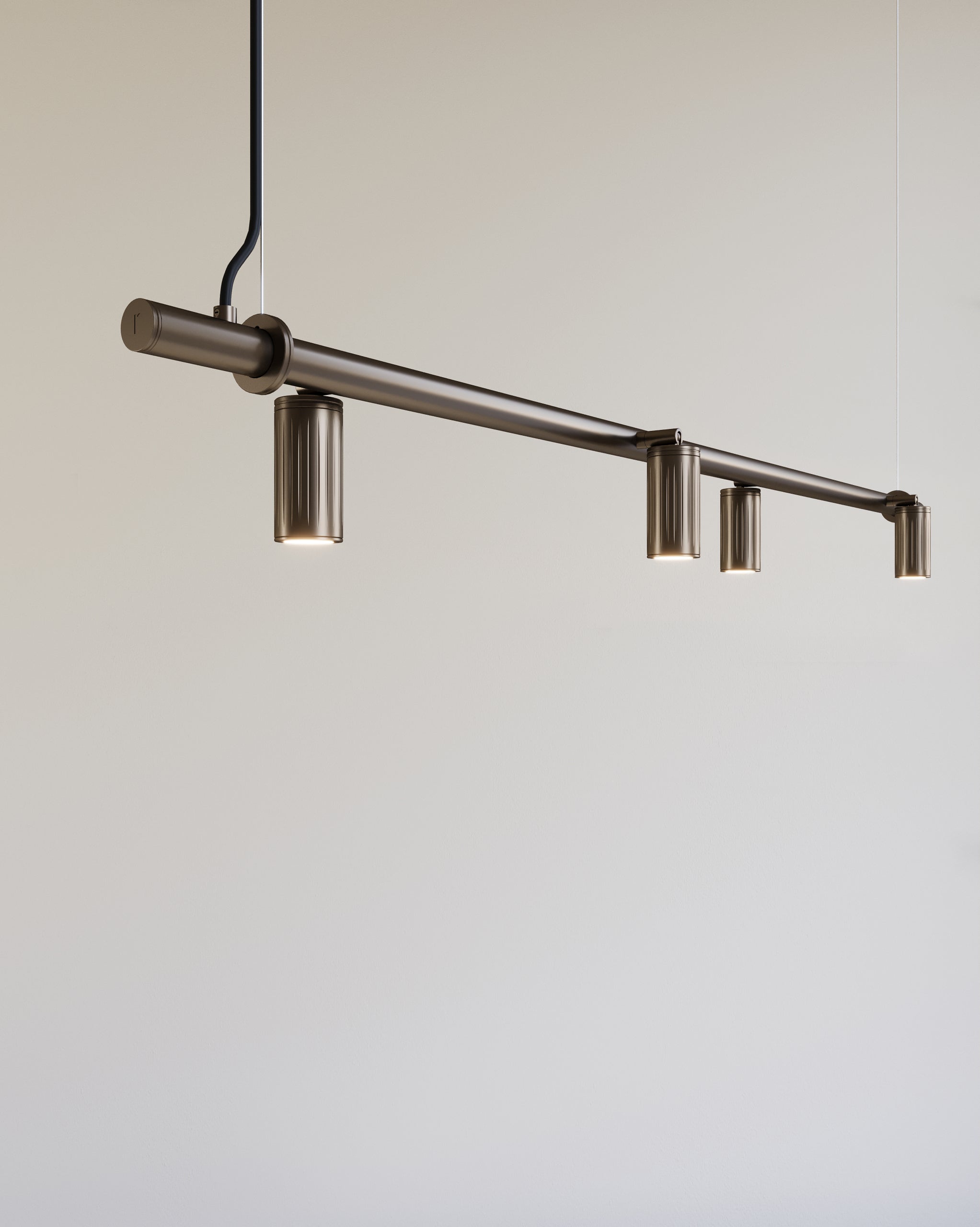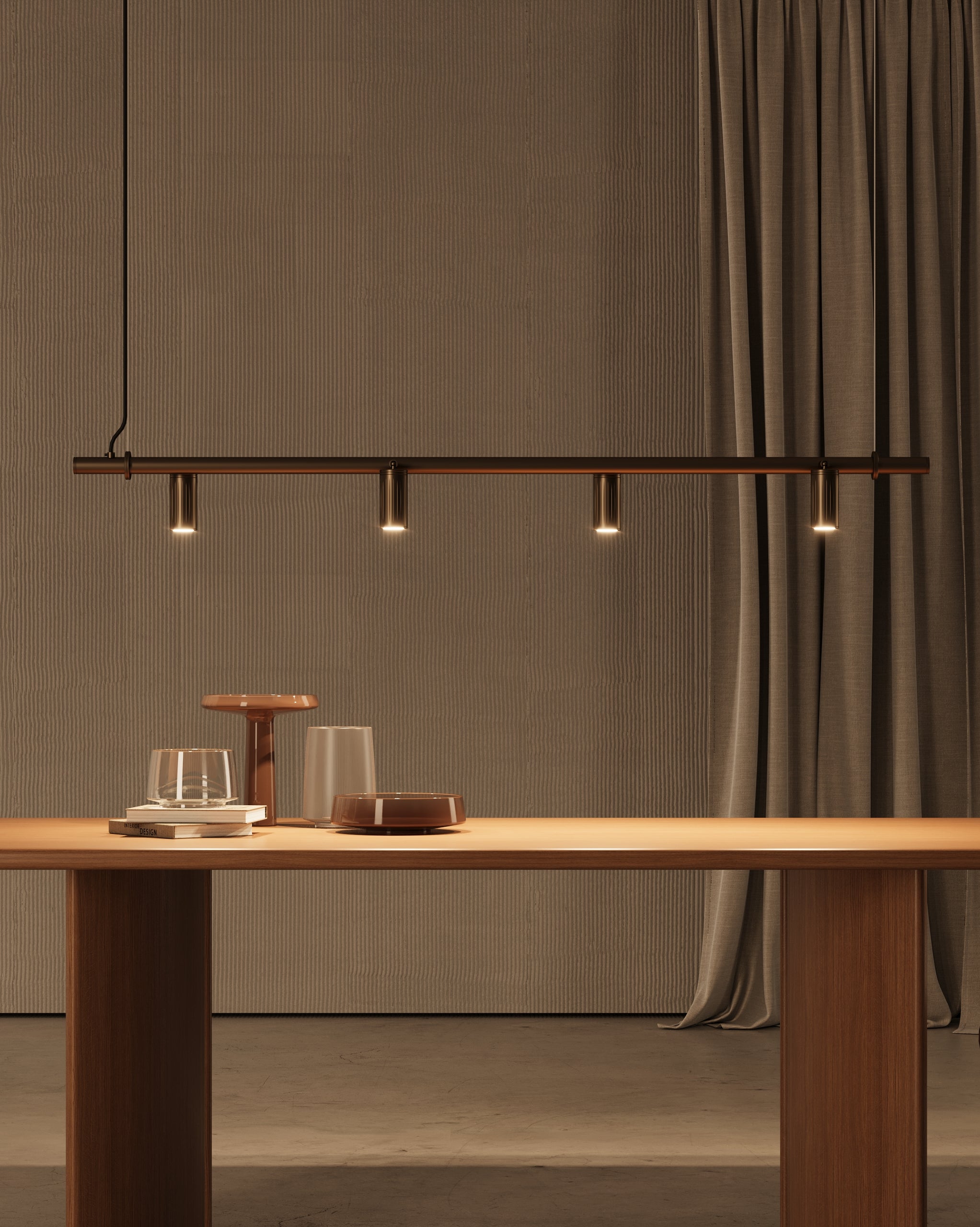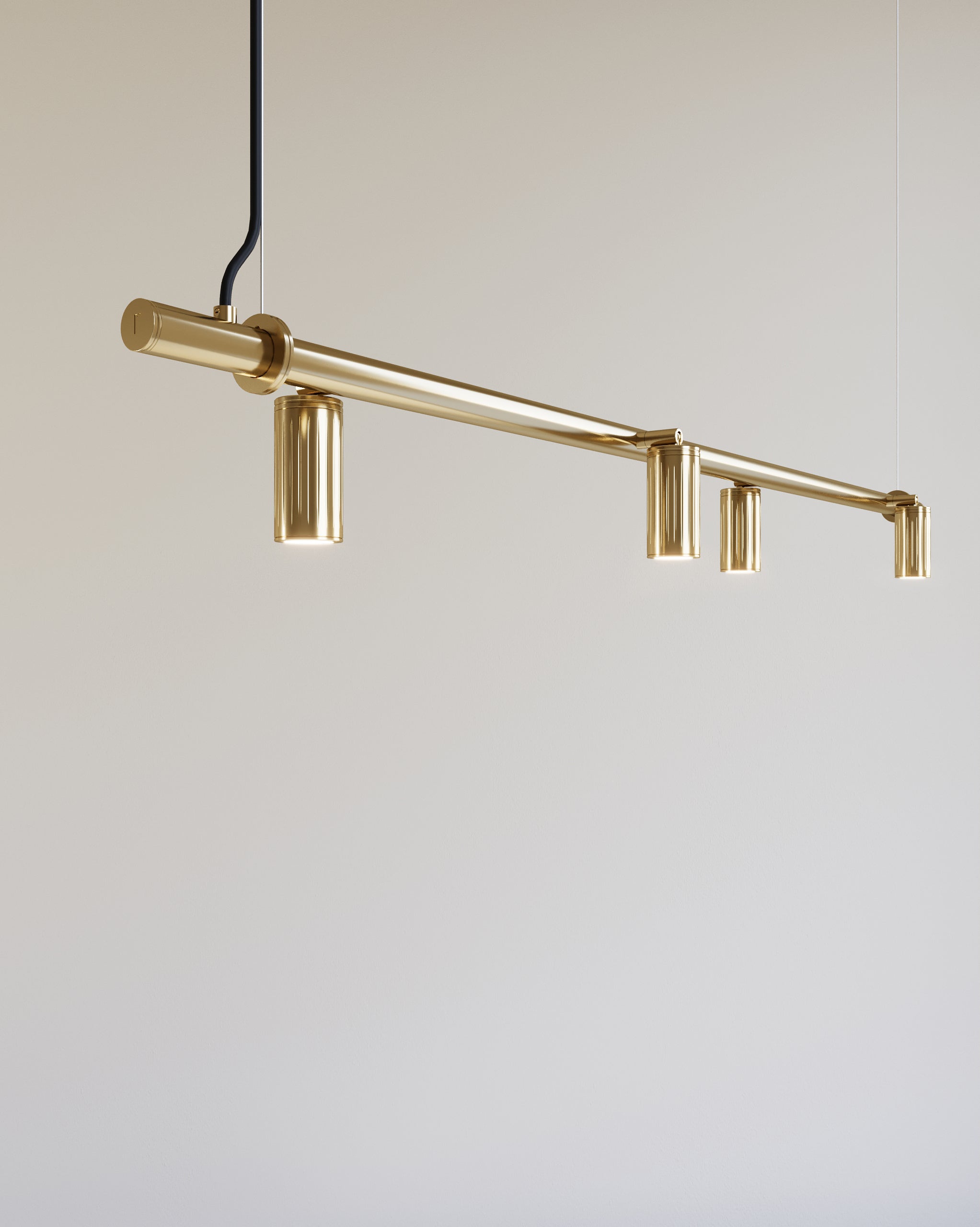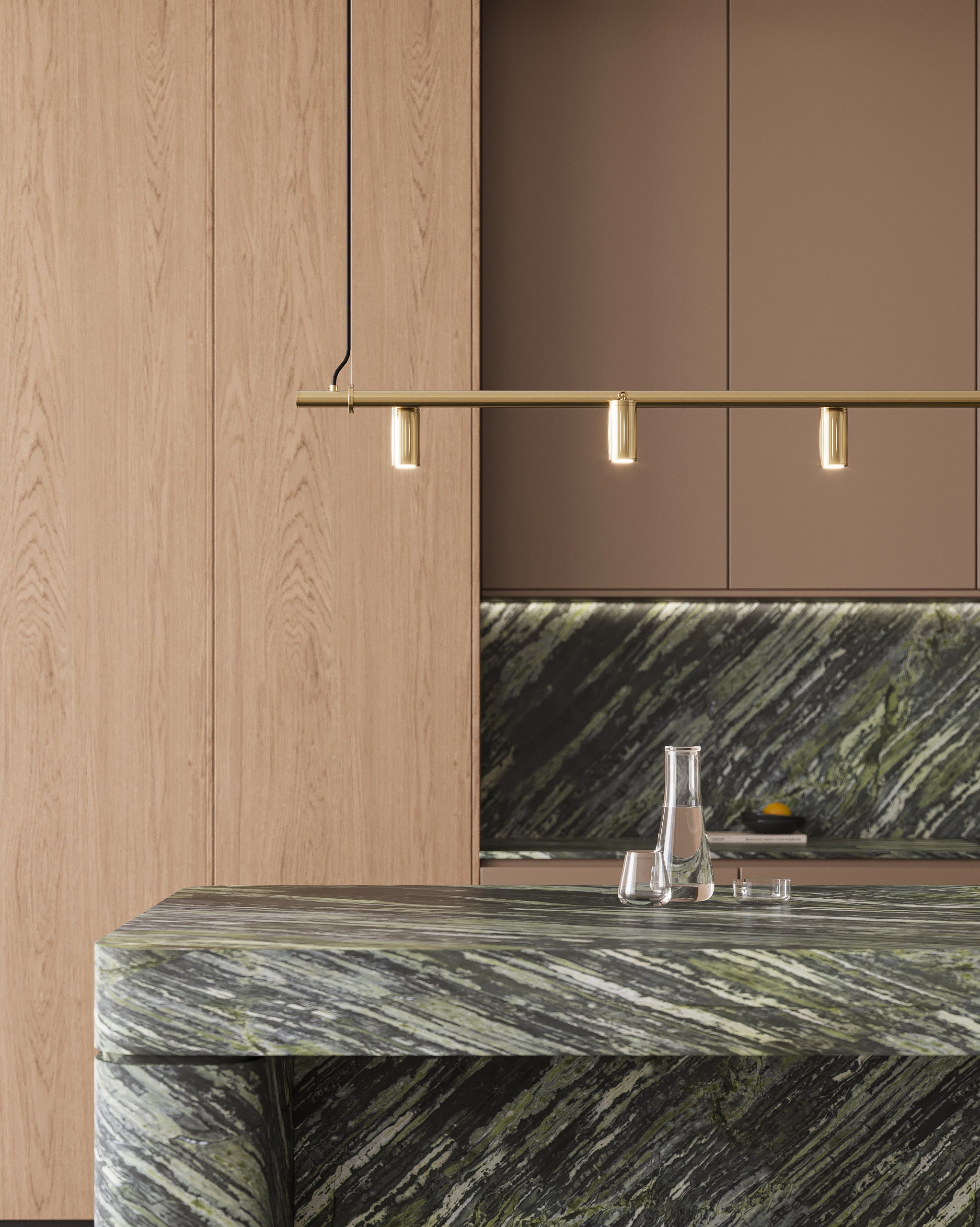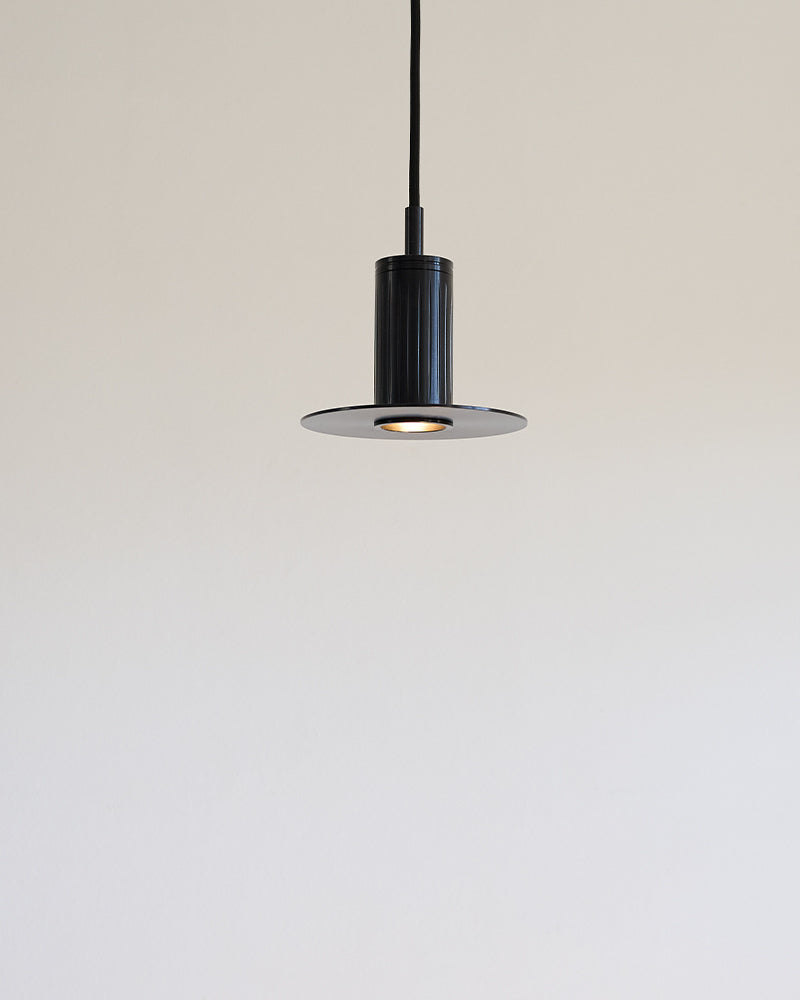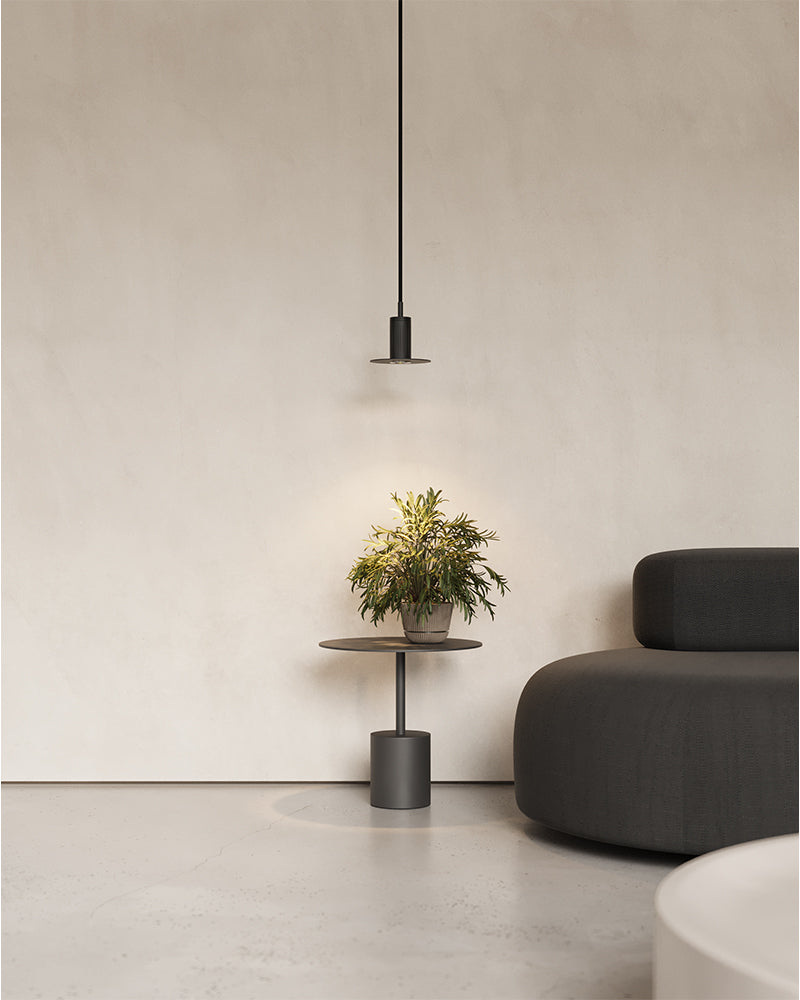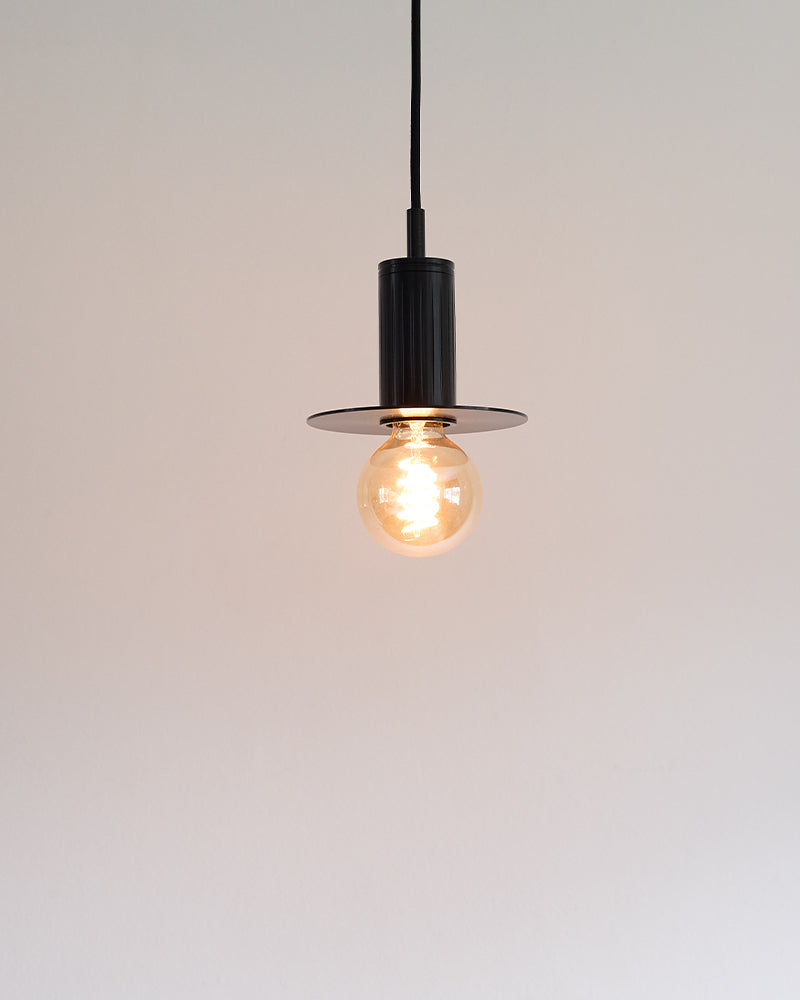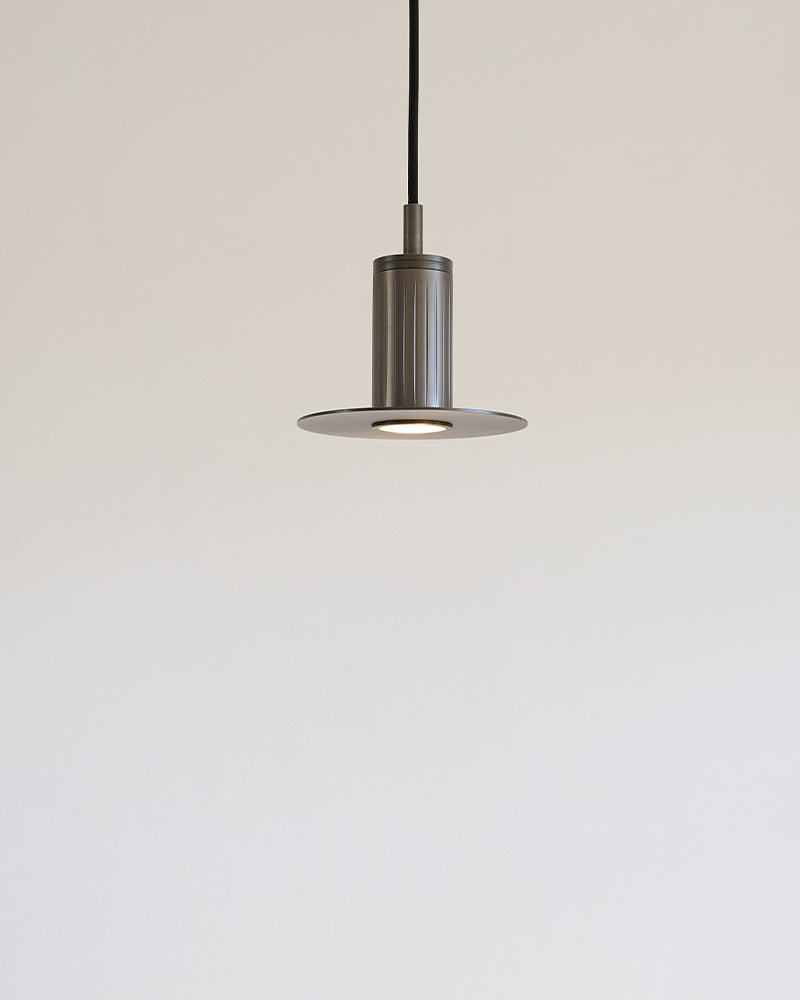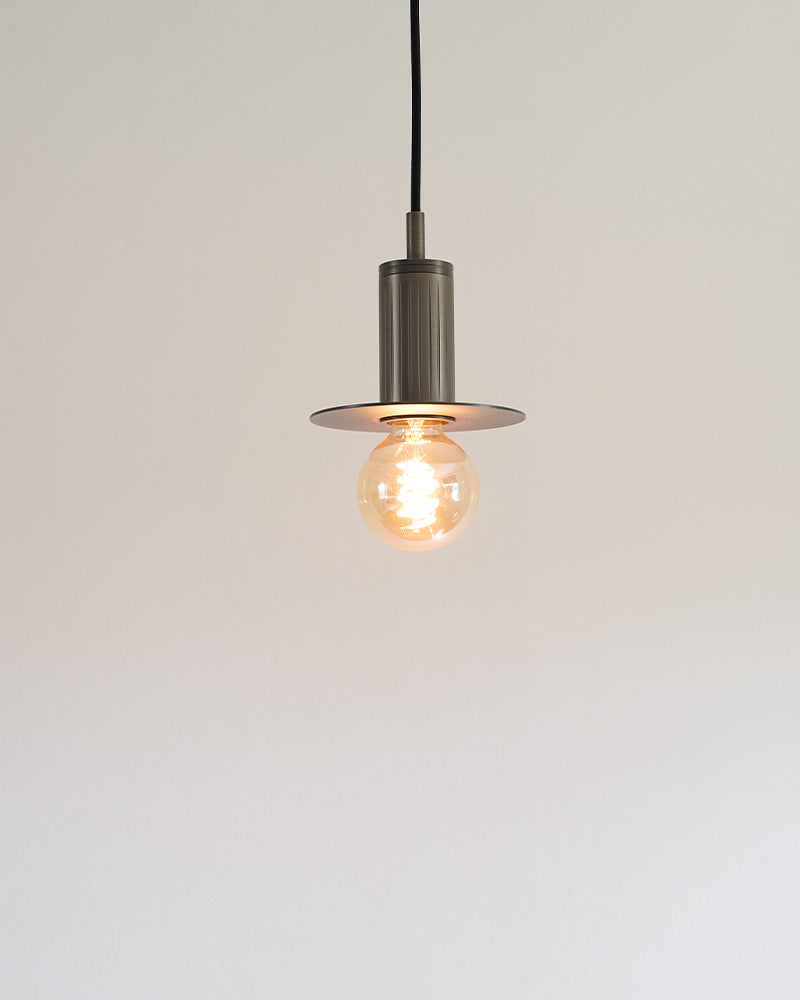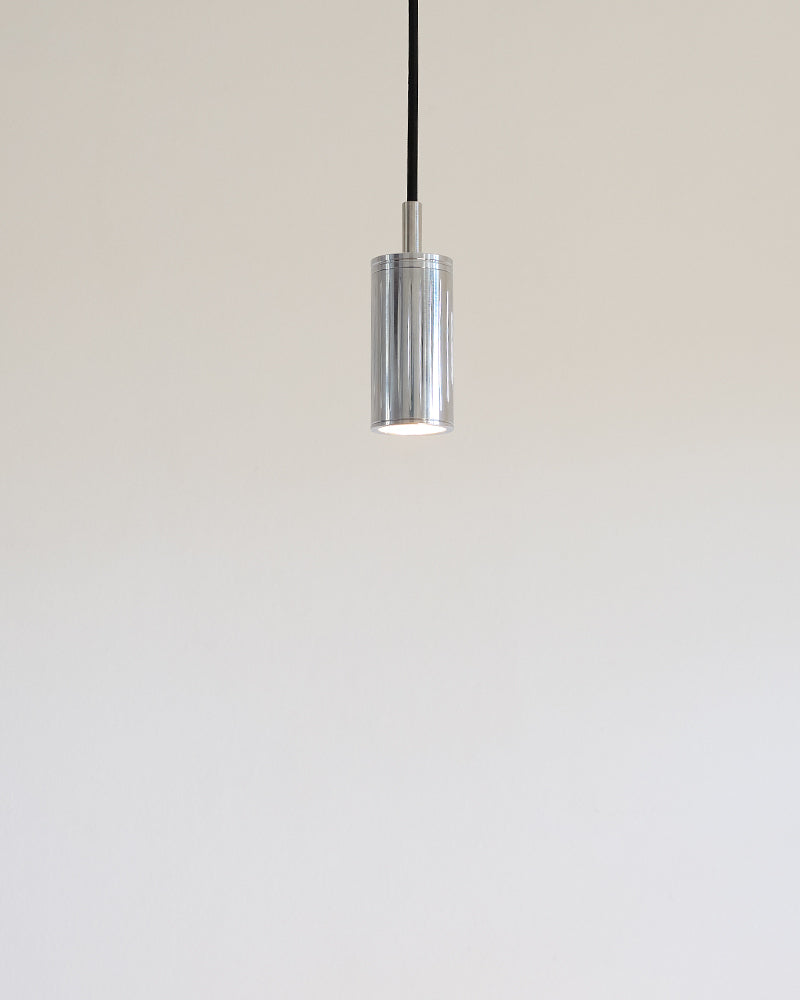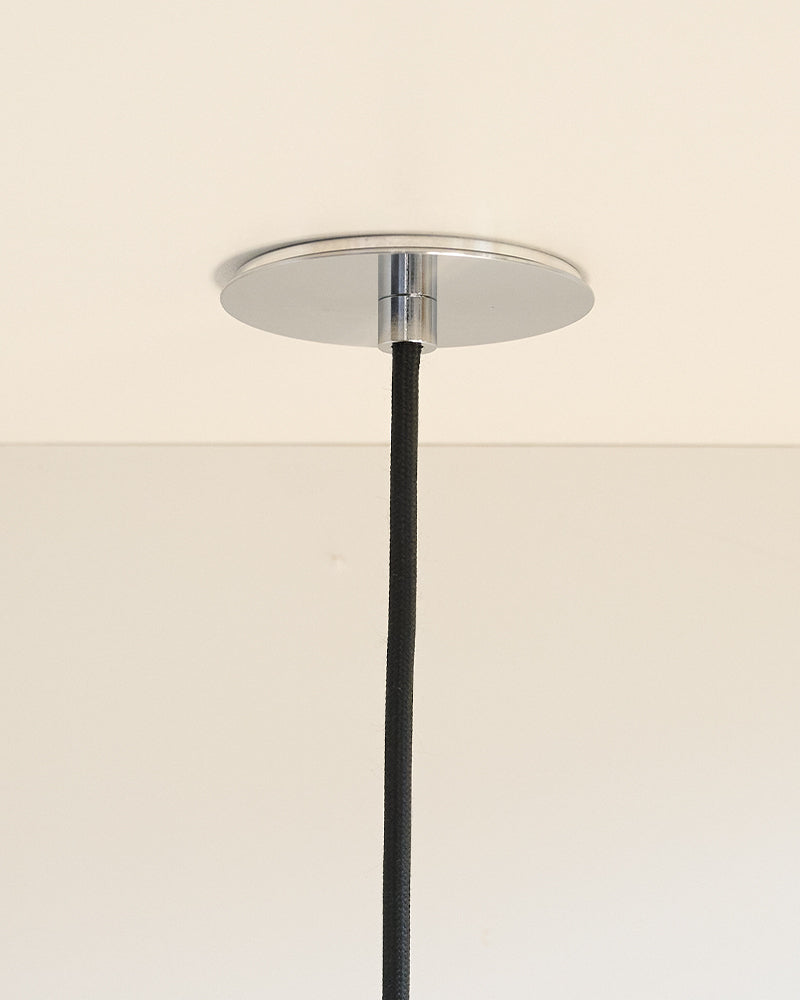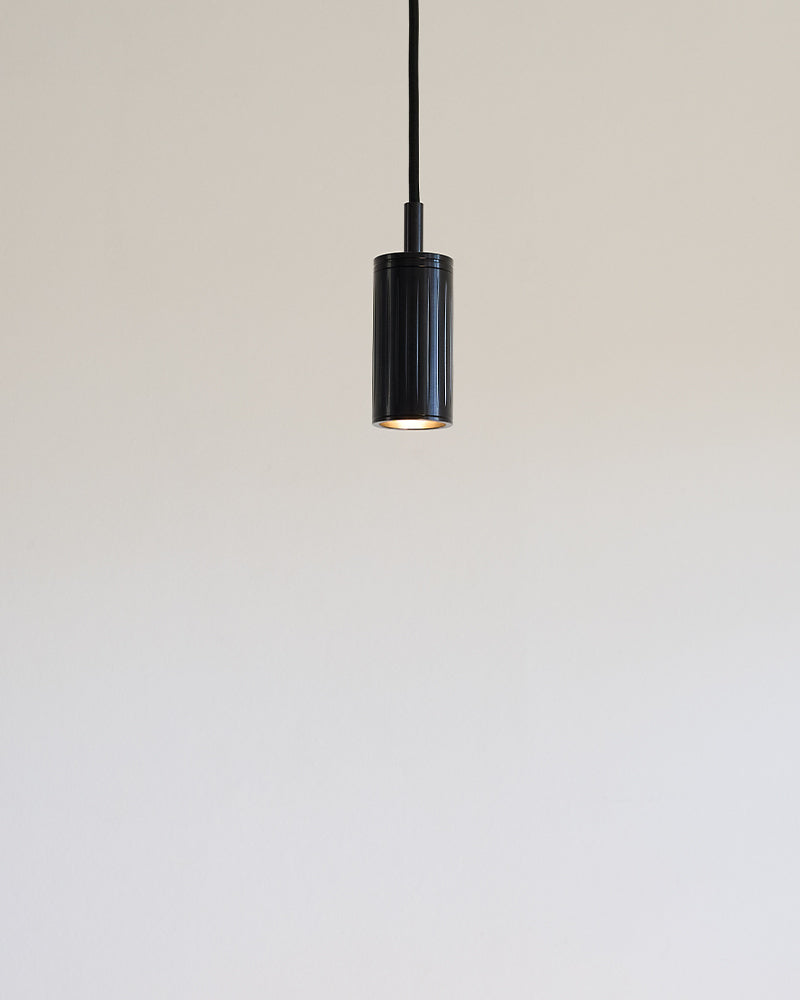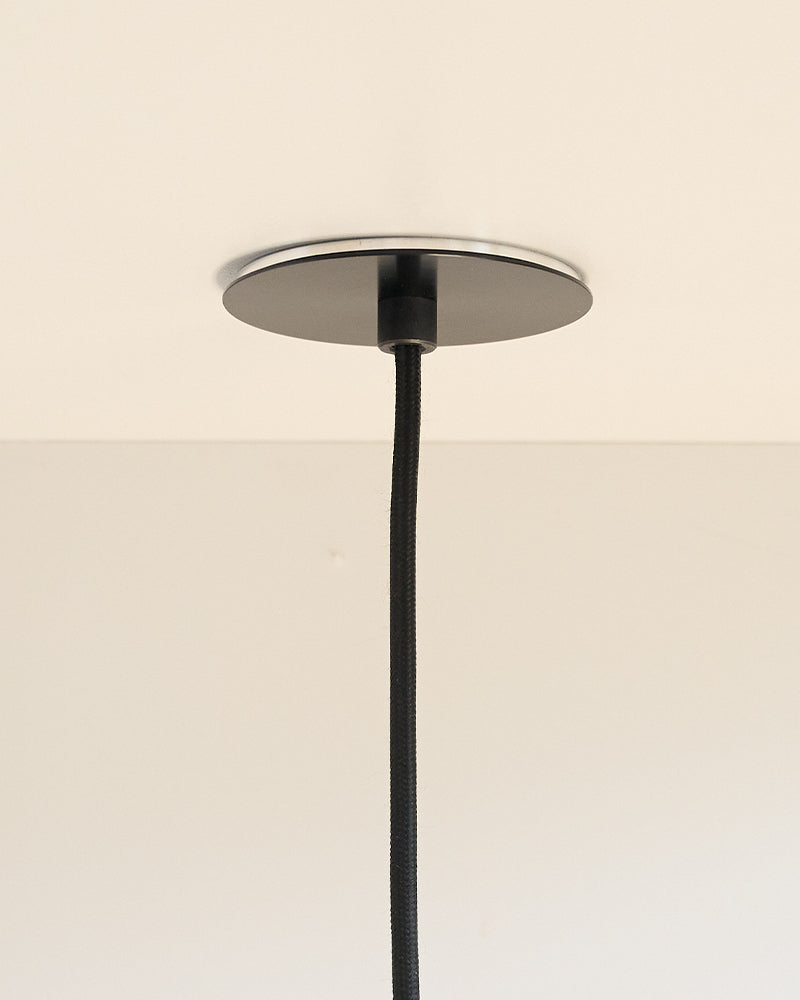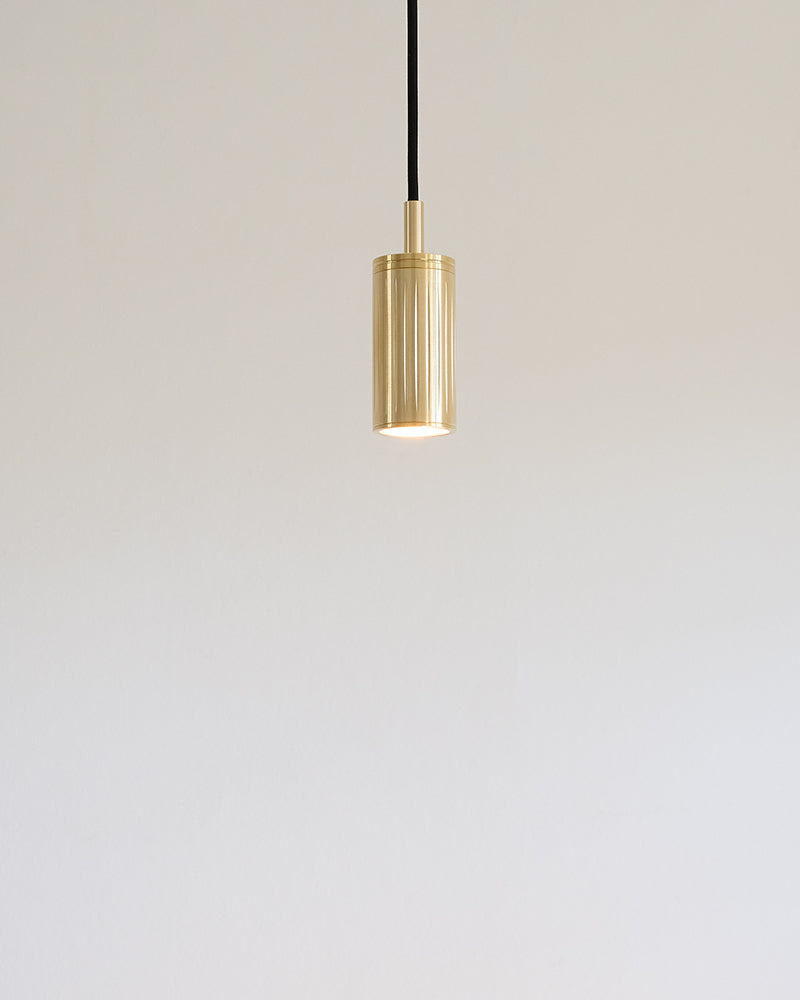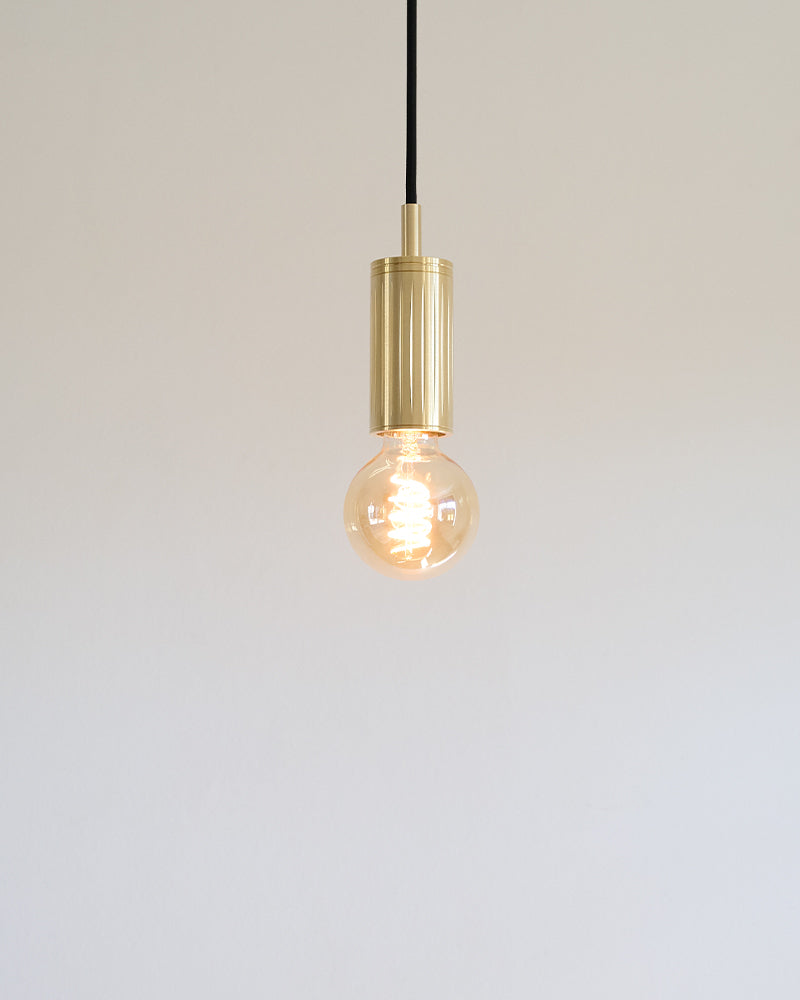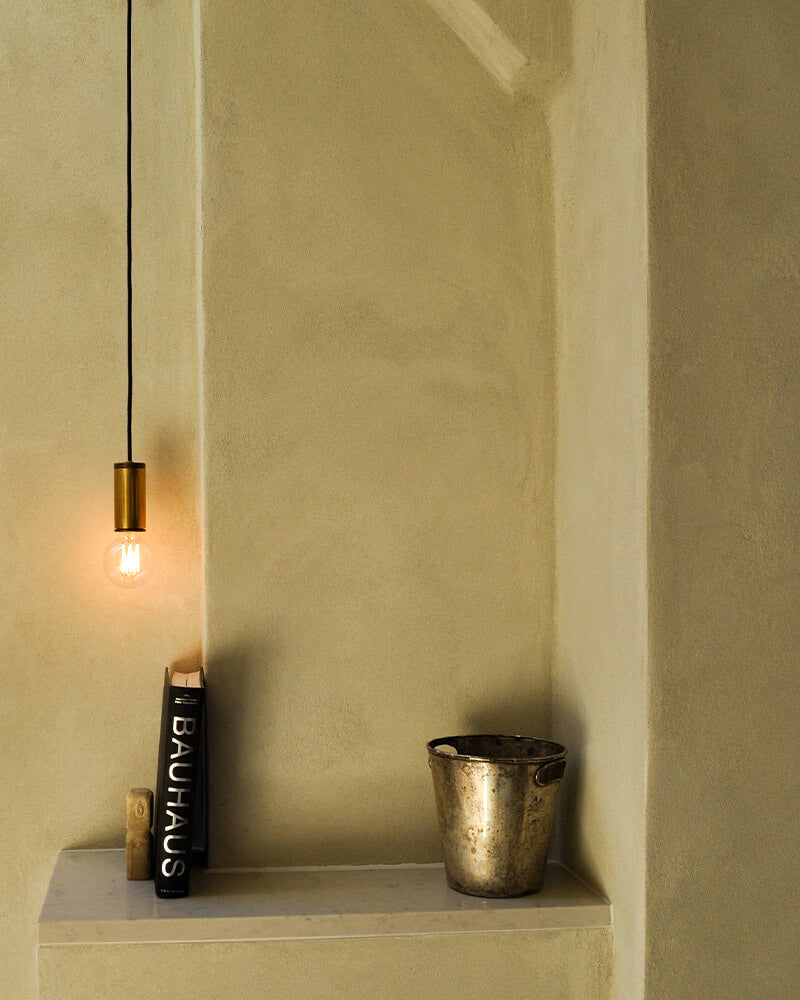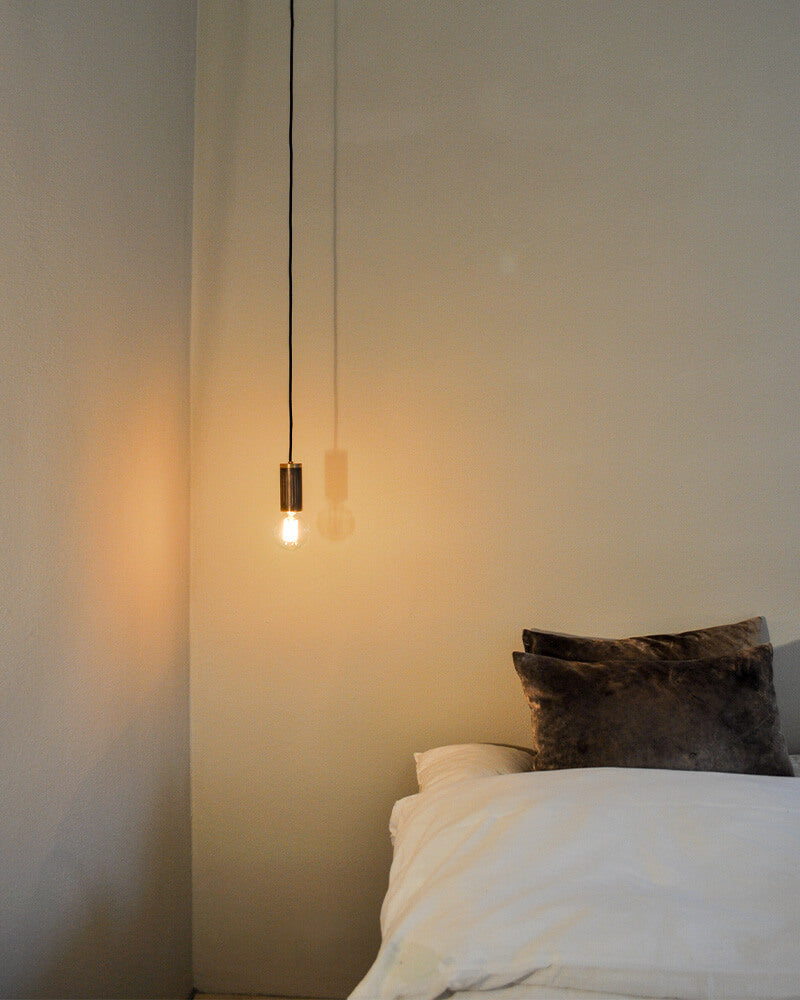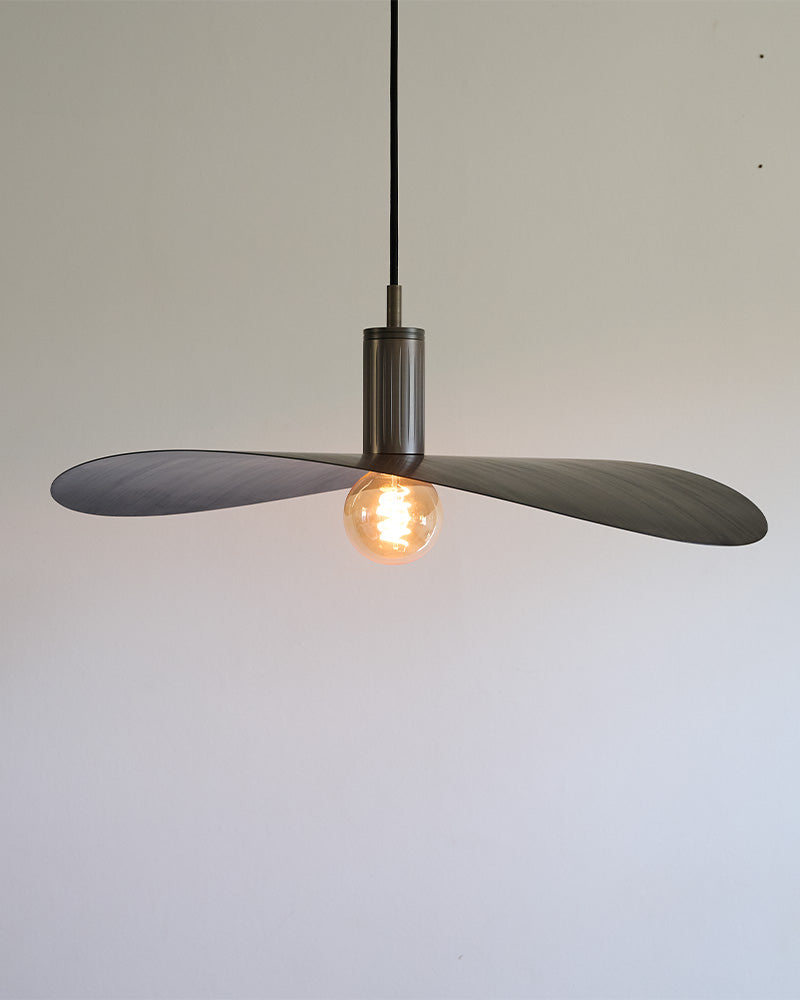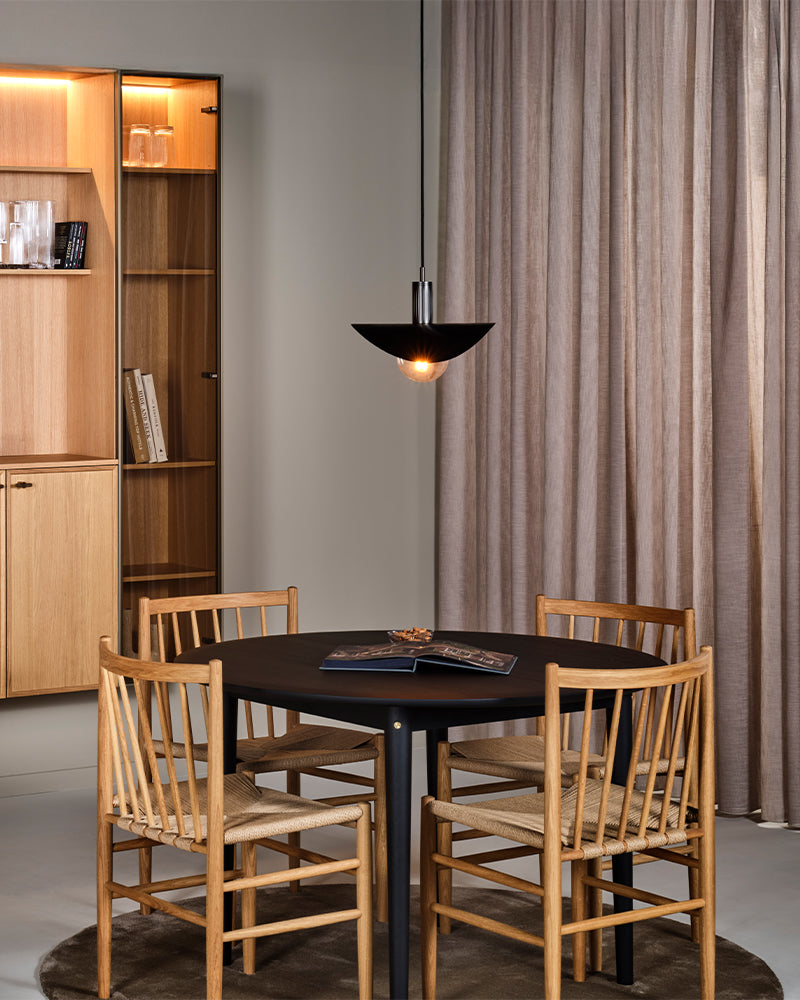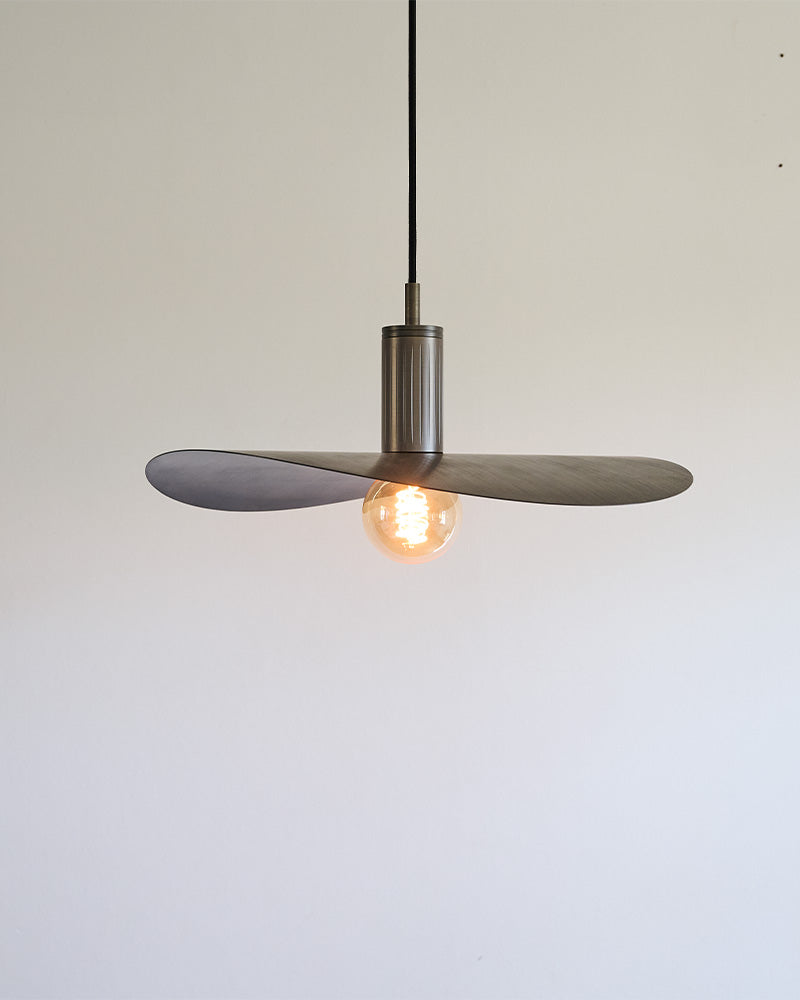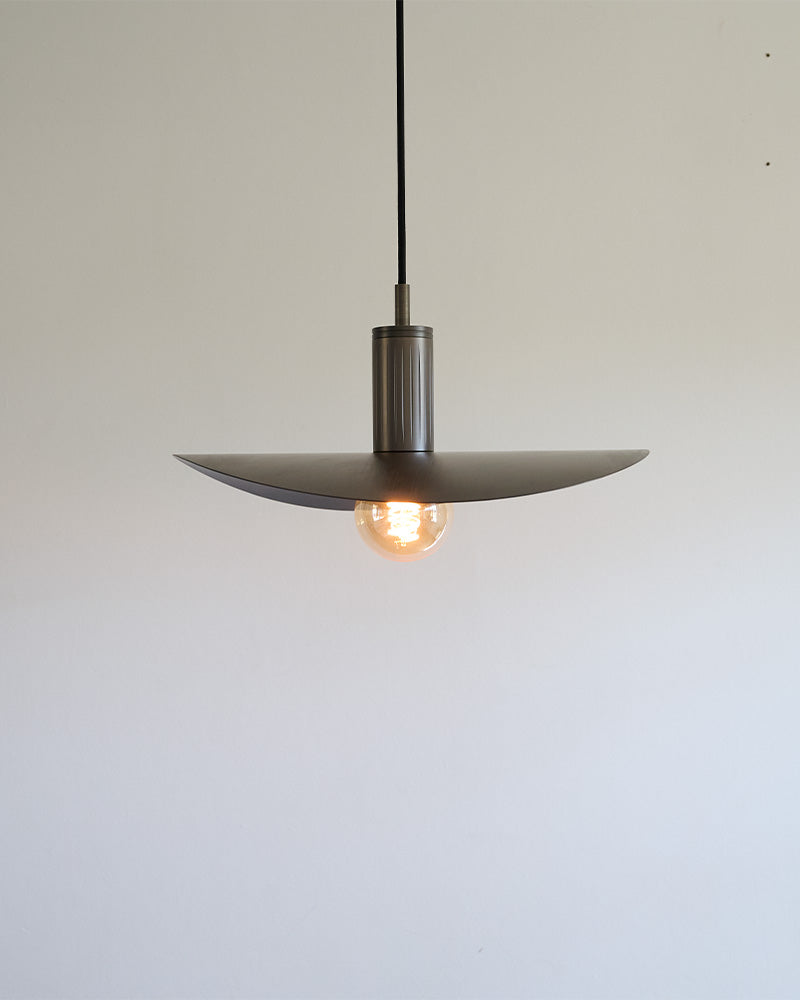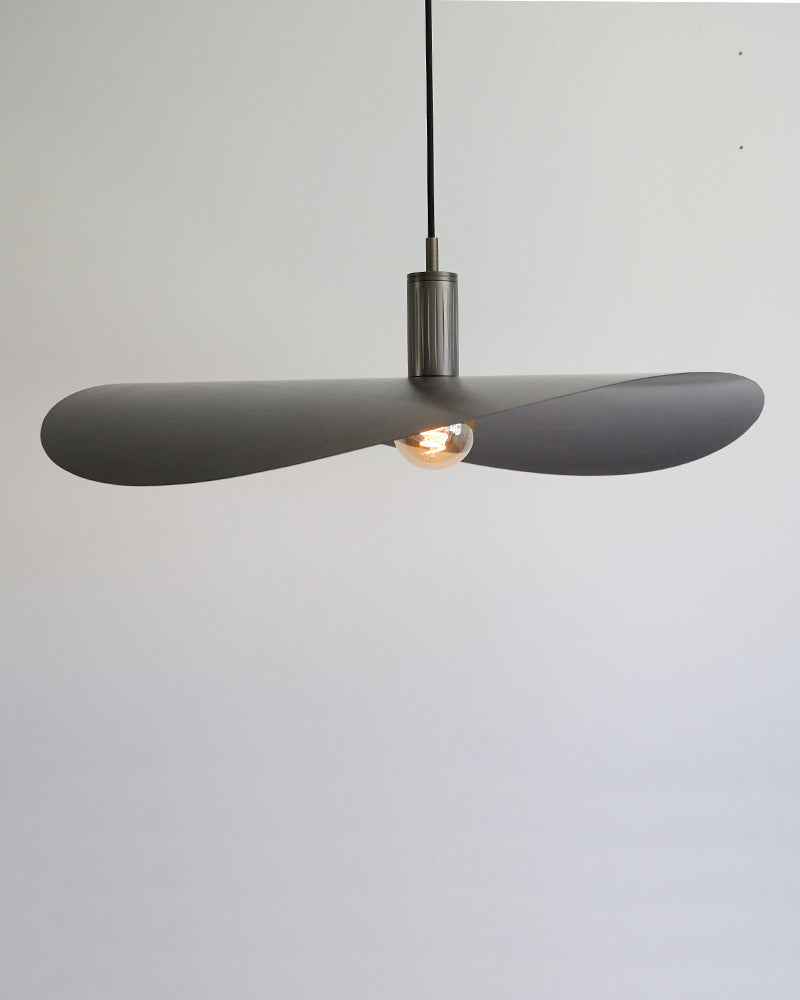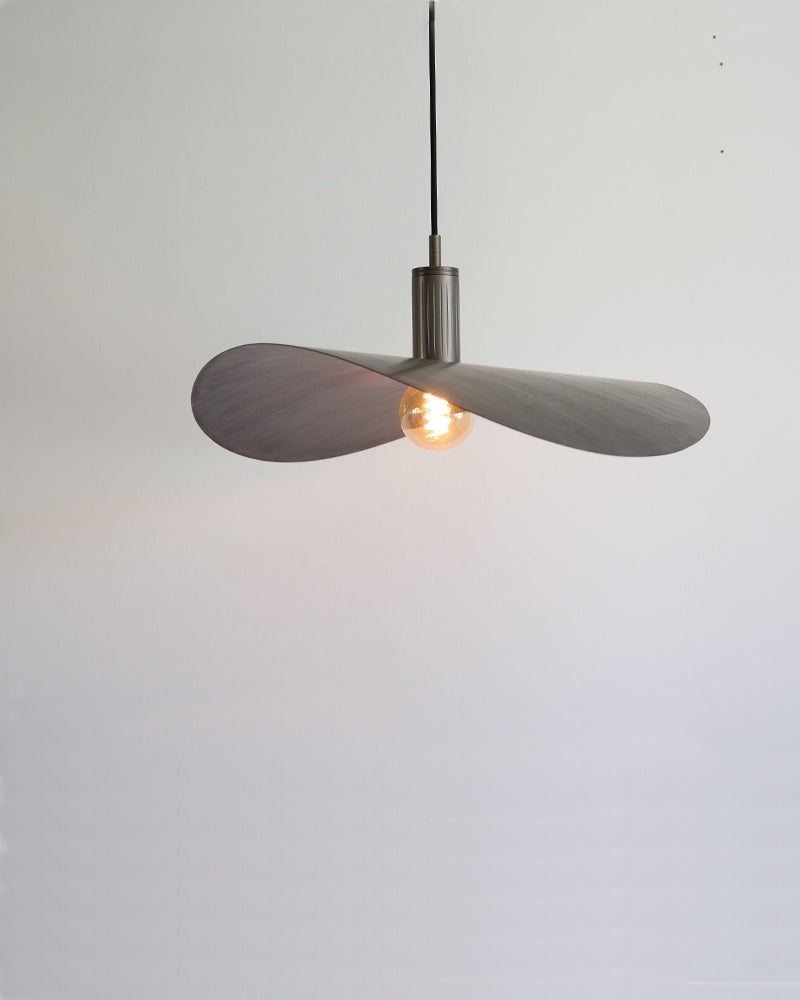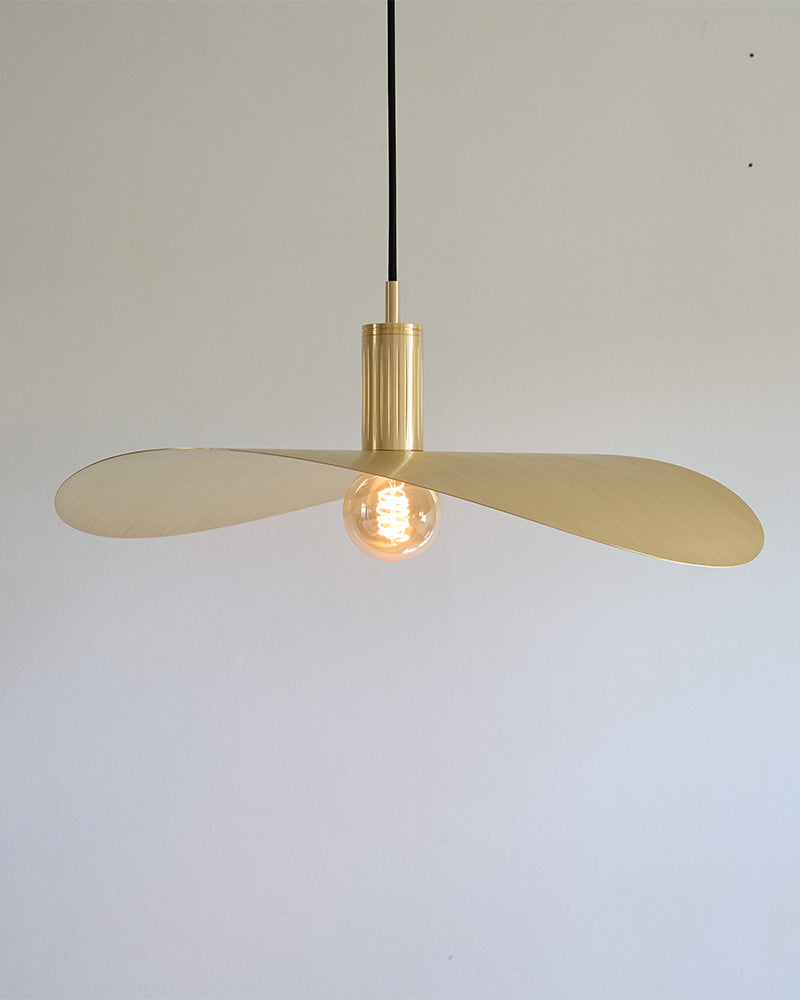Pendant light design in a Danish tradition – calm, function and warmth
When a pendant hangs just right, it does more than light a room. It brings people together, sets direction and creates a sense of ease. At Rama Lights we work with pendant light design where clean lines and honest materials become a natural part of the interior. The expression is Nordic and timeless, always grounded in everyday life: pendants you can live with for years, that continue to feel right as the light shifts from morning to evening. Diameter, suspension height and distance to the table all shape how light behaves. We draw with soft shielding in mind, low glare and a distribution that is both beautiful and useful. The result is pendants that never steal the scene, yet add a clear, graphic focus—the kind of lighting that feels intuitive to use.
The golden thread – brass pendant light
Something special happens when light meets brass. The surface returns a warm glow to the room and adds depth to wood, stone and textiles. A brass pendant light can be polished and lively or burnished and understated—both bring a calm elegance to the home. Above a dining table, a kitchen island or in the hallway, brass offers a classic reference that patinates beautifully and becomes more personal over time.
The dining table is a meeting place, and the light above it should be both practical and intimate. A dining table pendant light should hang low enough to define the zone, yet high enough to keep sightlines across the table open. Aim for softly shielded light so faces look pleasant and food appears inviting. One large pendant creates calm; two or three smaller models spread light evenly across the tabletop. When form, size and hanging height are in balance, the whole room falls into a relaxed rhythm.
Small pendant light and small pendant lights – when proportion makes the difference
In compact kitchens, over a slim console or in a reading nook, a small pendant light can be the most elegant choice. Small pendant lights create focus without dominating the room, and they make repetition easy: the same model in a straight line or gathered in a loose cluster. You keep the visual lightness while still placing light precisely where life happens.
Black pendant lights – graphic calm with Nordic discipline
A black pendant light lays a cool, graphic layer into the interior. Against pale walls and natural tones it reads as a quiet contrast; in darker rooms it adds a sense of depth without feeling heavy. A matte black surface absorbs reflections and accentuates the play of shadow, while black aluminium brings a subtle metallic edge. Both give structure and direction to a space.
Bedroom pendant light – soft light for night and morning
Bedrooms call for dimmable lighting with low glare. A discreet bedroom pendant light on each side of the bed frees the bedside surface and feels calmer than traditional table lamps - much like a wall light would. Choose a closed or partially shielded shade so the light lands softly on textiles rather than in the eyes. Consider a smaller pendant in a corner with a warm bulb to create a quiet spot for reading and winding down.
Pendant design in steel and aluminium – materials with character
Where brass brings warmth, steel and aluminium add crispness and structure. Steel lifts bright, Scandinavian interiors with a clear, clean tone; black aluminium introduces a deep, industrial accent that suits concrete, lime paint and dark timber. These materials recur across the collection, so you can create cohesion between pendants, ceiling lights and wall lights from room to room.
As a rule of thumb, the lower edge of a pendant over a table sits well below eye level, which defines the light field without blocking views. Over a dining table or kitchen island, a lower suspension works because the tabletop stops the light and reduces glare. A single pendant needs air around it to feel calm; several smaller pendants should share the same spacing to create rhythm. Over open floor areas, a higher suspension adds volume and allows clear passage.
The right bulb can change the whole experience of pendant light design. A warm colour temperature feels soft and welcoming, while a neutral-warm tone reads sharper in kitchens where colours and details need clarity. Choose sources with good colour rendering so materials and food look natural. Dimming is essential—it lets you move from precise task light to an easy evening mood with a simple touch.
Pendant above the kitchen island – function meets aesthetics
A kitchen island is a work point, a mini bar, a homework station and a place to talk. Two or three smaller pendants in a straight line give even coverage across the surface, while a single larger form turns the island into one clear statement. In a light kitchen, a brass pendant light adds gentle warmth over hard materials, while steel and black emphasise the graphic lines. Choose the expression that supports the way you use the island—and don’t be afraid to let the pendants become the room’s quiet focal point.
From hallway to dining area – pendant design across rooms
An entrance benefits from a clear focal point, and a single pendant can make a strong first impression. In the living room, a pendant can mark a sofa zone or a round table; in the dining room it brings everyone together for everyday meals. Variation in scale and surface keeps the whole composition alive: a smaller steel pendant in the kitchen, a brass pendant light above the dining table and a black model in the hall can together form a calm, continuous thread through the home.
Form and shade – how light is drawn
Shade geometry determines how light lands. A broad, shallow shade spreads light over a large table for a flat, calm illumination. A deep, conical shade gathers light into a crisp circle—perfect for focused tasks. Semi-translucent materials release a soft glow to the room, while closed metal shades direct light precisely downwards. Choosing well is about matching form and function so the pendant is both beautiful and meaningful.
Repetition creates ease. Three small pendants set at equal distances across a long table or two in symmetry over a round table give a rhythm the eye can rest in. Repetition isn’t only about number but about relationships: equal edge distances, consistent hanging heights and a straight line on the ceiling. Small decisions that, together, make a big difference to perceived quality.
Texture, colours and materials – how to match your home
A light interior with limewash walls and natural timber thrives on warm metals and soft forms—here a brass pendant light is often the natural choice. In more monochrome schemes with black details, micro-cement and steel surfaces, black pendant lights provide a graphic counterpoint. Let finishes speak to your furniture and hardware: browned brass pendant for warm woods, steel for cooler compositions, black aluminium to gather the lines. Size should fit both the space and the furniture beneath. A compact pendant over a small round table feels balanced, while a long rectangular table can carry a larger shade—or several small ones in series. In narrow zones—over a slim sideboard, for example—a small pendant light feels light and discreet while drawing a clear pool of light that brings details together.
Quality, care and longevity
A good pendant feels solid to the touch, and the surface tells a story of skilled craftsmanship. Wipe metal with a soft, dry cloth and avoid harsh cleaners. Burnished brass is a living finish that will develop character—that is part of its beauty. With thoughtful pendant design and materials chosen to last, you get a piece of lighting that can move with you through several chapters of your home.
Colour rendering is about trust. When the source renders colours accurately, materials appear as intended. Food looks more appetising at the table and textiles feel richer in the living room. Combine this with dimming so the light can track the day’s rhythm: clearer in the afternoon, warm and low in the evening.
FAQ – short answers in a natural tone
What are the benefits of a pendant over the dining table?
It defines the zone, provides gentle, face-friendly light and creates intimacy around the meal. A dining table pendant light is both function and atmosphere in one.
Which finish should I choose?
Brass brings warmth and patina; steel is calm and neutral; black aluminium is graphic and distinctive. Choose the finish that underlines your materials.
How high should a pendant hang?
Over a table, a relatively low suspension gives calm and limits glare. Over open areas, a higher suspension lets the light spread more freely through the room.
Can small pendants work in large rooms?
Yes—several small pendant lights in a repeated rhythm can feel calmer and provide more even light than one very large shade.
At Rama Lights we create pendants that respect materials, eyes and everyday use. Whether you’re drawn to a brass pendant light, want a black model to sharpen the lines, need a small pendant light for a compact corner or wish to gather the family beneath a dining table pendant light, you’ll find pendant design that fits the rhythm of your home—and your own. When the light falls right, the room settles.


